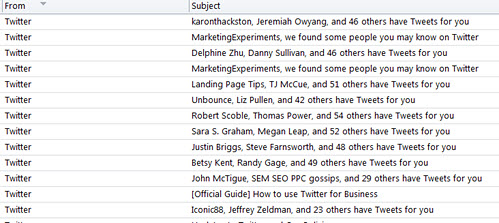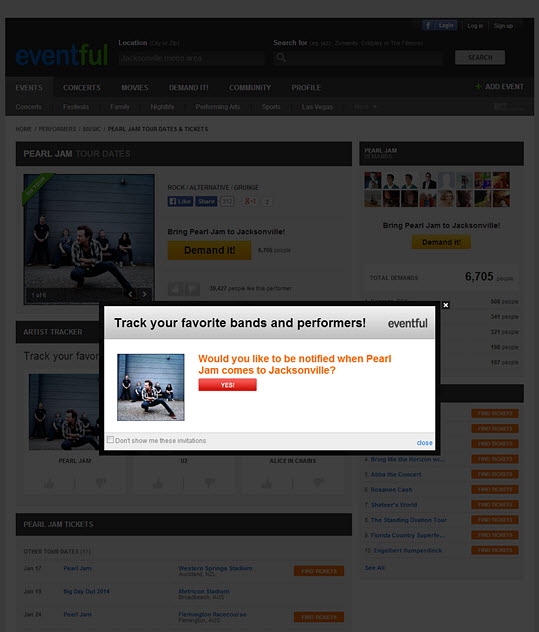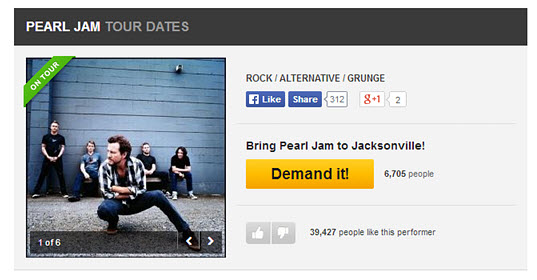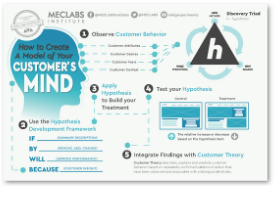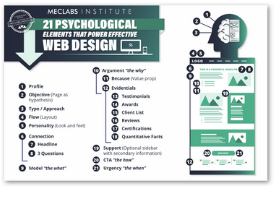Value Proposition: What motivates prospects to buy from you?
Originally published on B2B LeadBlog
One day at the office, I decided to put a dollar bill on my cubicle wall.
When people walked by, they would ask why I was putting money on my wall. My initial response was that I simply like money. Surprisingly, a couple of people added their own dollar bills to my wall.
I don’t really know why they did it, but the dollar wall ended up with about 10 dollar bills on it within a week or two.
Change drives growth
Then, my wall became stagnant.
People continued to ask what the money was for, and when I realized that my normal response wasn’t working, I changed their motivation by telling them it was for after work drinks and we were all going to go out on the money we raised.

I saw another surge in dollars with that response for a few more weeks. I was up to around $25 or so, when it started to die down again. It was time to change their motivation.
As I was trying to think about another way to get more dollars, I remembered that the mom of one of the guys in the office was diagnosed with cancer. I remembered him putting together an event to raise money for her medical bills, so I decided to donate my dollar wall to the cause.
Does your message connect with a change in motivation?
I sent out an email to the company describing what I was doing. And, to my surprise, within five minutes of the email going out, I had a line of people waiting to put dollars up on the wall. The change in motivation worked brilliantly.
By the end of the week, there was roughly $150 on the wall.
Although it wasn’t a lot of money in the whole scheme of things, it was still something and I was able to see how changing the motivation of a prospect can completely change revenue.
What motivates your prospects to buy from you?
In the business world, it isn’t that easy as most of the time the prospect’s motivation often ends at simply purchasing a product or service.
So, if you aren’t seeing a viable revenue stream from a product, you might have to cut your losses and either change the product or discontinue it altogether.
However, we can do things to change the image of the company in order to increase motivation. For example, we can promise to donate a percentage of profit to charity, promise to take a green initiative or manufacture everything in the USA.
I also realize that prospect motivation is difficult to measure with something like A/B split testing, and it may not have a hard metric we can measure at all. It’s just another way we can look at trying to increase revenue and possibly generate more leads at the same time.
But motivation is arguably the strongest reason people buy something.
When they search for your product or service in a search engine, they are clearly interested in what you have to sell. They may need to be sold a little more before they actually purchase, but the motivation piece is already set.
To learn more about how you can dial into prospect motivation, watch the MarketingSherpa Email Summit 2013 video replay of, “How You Can Use Email to Discover the Essence of Your Value Proposition.”
You may also like
Digital Marketing: How to craft a value proposition in 5 simple steps
B2B Social Media: How do you measure the ROI of a LinkedIn InMail campaign?
Email Marketing: Writing powerful email copy boosts CTR 400%






